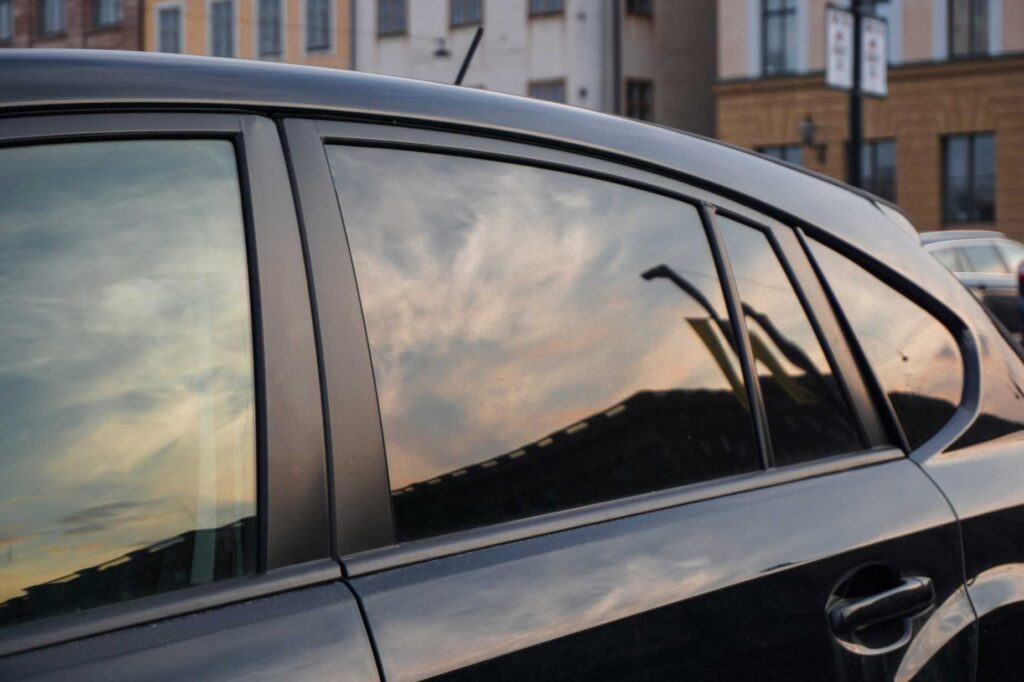Guide To Different Types of Automotive Window Films
Types of Car Window Tint to Get the Perfect Look
Summer is coming up! One excellent and often overlooked way to protect your skin and eyes from the sun’s harmful rays is to install solar-control window film on your automobile. Besides protecting you and your passengers from ultraviolet radiation and glare while driving, window film can also enhance the look of the vehicle, provide privacy and deter theft, keep the vehicle cooler and prevent flying glass in the event of an accident.
Not all window film products are created equal however, and it is important to choose one that suits your individual needs. Let’s take a look at the different types.
There are a plethora of automotive window film product lines, all made from different materials and engineered to accomplish different things, so the choices can sometimes seem overwhelming. All of these various products though, can be simplified into the following categories:

Regular dyed films – These were the first automotive window films developed. The raw materials are manufactured into film, then the film is run through a vat of dye to give it color. Just like the dyes in fabrics or carpets, these products can fade and discolor in the sun over time. They have long been surpassed in quality by more technologically advanced films, but there is still a market for them because they are inexpensive. If you have ever seen window tint that looked purple, you are seeing old dyed film that has changed to that purple color from its original “smoke” or “charcoal” color. With so many superior products available, there is little reason to choose dyed films, unless you are specifically looking for a short-term, economical option.
Hybrid dyed/metallized films – When the technology was developed to apply sputtered metal coatings to films, hybrid films emerged. They start with a dyed base layer for color, then cover it with a metal layer that reflects heat and helps the dye last longer before changing color or fading. The extra longevity and heat rejecting properties made these films popular for many years. However, it was discovered later that the metal layer in the film could interfere with various electronic signals such as satellite radio, GPS signals, perimeter alarm sensors, tire pressure gauges, and sometimes even AM/FM radio. In most cases these devices still worked, but sometimes performed poorly. If you don’t have a lot of onboard electronic gadgets, hybrid films work just fine, but since they still have dye in them, they too will eventually discolor. They are great for a leased car, or one you plan to keep for a short time.
Fully metallized films – Not long after sputtered metal layers were all the rage, window film engineers began thinking, “If a metal layer in the film blocks heat better, why not make a film entirely out of that metal layer?” Thus, fully metallized films emerged and reigned for a time as the heavyweight champs of heat rejection, blocking far more heat than any previous products. Another big benefit was that being made entirely out of metal meant that they had no dyes in them to change color or fade. One major downside though: Fully metallized films are much more effective at impeding electronic signals than their hybrid kin. Almost no satellite signals can penetrate these films, so they cannot co-exist with a satellite radio or a factory navigation system unless the receiver is located on the exterior of the vehicle. Fully metallized films are also shiny and reflective looking, which is a cosmetic look that people tend to either love or hate, depending on their taste. Most consumers tended toward the latter, and consequently, these products died a quiet death after the widespread proliferation of satellite navigation and cell phones.
Extruded dye color stable films – Eventually window film engineers discovered that if you introduced pigments into the raw materials of the film before making it into film, the resulting product does not fade or change color like conventional dyed films, and the world’s first “color stable” window films were born. Although they generally cost a bit more to manufacture, they are among the most popular films today because they never turn purple and are completely signal-friendly.
Infrared rejecting films – Once color change and fading had been conquered, the next challenge was to create a film that blocks infrared heat as well as or better than metallized films without interfering with electronic signals. First came ceramic films, then nanotechnology films. Both accomplish the job admirably, and have now raised the heat rejection bar so high that the only advancement left in that direction is finding a way to get the price of the product to come down. That is to say, nanotechnology films can block a whopping 97% of infrared heat, but generally cost more than twice that of an extruded film.
Security films – These products are engineered for a slightly different purpose – deterring “smash-and-grab” theft from automobiles. They have no solar-control properties to speak of, but they strengthen the glass, making it extremely difficult to break. Even if a determined thief manages to break the glass, the film itself is so thick and strong that it forms another barrier to entry to the vehicle and holds the shattered glass in place. These products are great for work vans containing expensive tools, or any situation where theft and vandalism are prevalent.
To summarize:
Dyed films are inexpensive but generally fade and discolor quickly, and, having no heat-rejecting properties, they attract more heat and make a vehicle hotter.
Hybrid films discolor less quickly and block miniscule amounts of heat but can interfere with electronic transmissions in a vehicle.
Metal films block more heat, never change color, look like a mirror and substantially interfere with on-board electronics.
Color stable films never turn purple, don’t interfere with electronics, and are subsequently very popular.
Infrared rejection films are color stable, signal friendly, and most importantly, they outperform ALL other films with regard to blocking heat. They are however, more costly than other films. But you get what you pay for!
Here’s the great news though: While it takes a lot to manufacture a film that blocks 97% of the heat, blocking ultraviolet radiation is quite a bit easier. One thing that is standard across ALL 3M films – from economy dyed films up to the most advanced nanotechnology film – is that they all feature 99.99% UV protection. Ultraviolet radiation, as you are doubtless aware, is the main culprit in skin cancer. With 3M window film on your car, you never have to worry about unnecessary exposure while driving. All 3M automotive window films carry an endorsement from the Skin Cancer Foundation for precisely this reason.
CALL US TODAY TO PROTECT YOU AND YOUR LOVED ONES FROM THE SUN’S HARMFUL RAYS!

